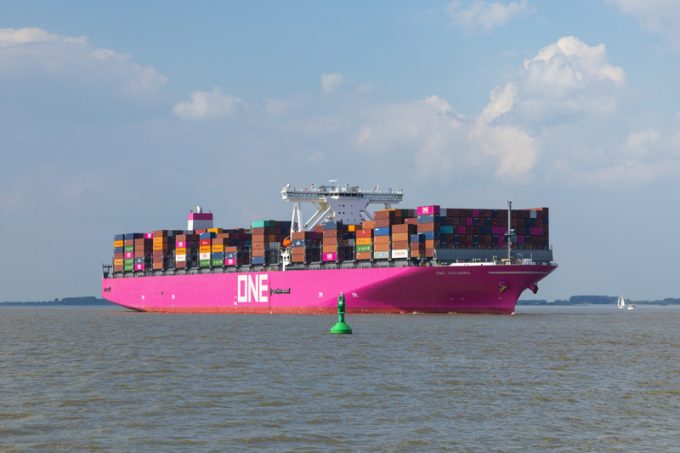India-Africa: Capacity revamp as demand brings rate gains for carriers
India-Africa trade is seeing a reconfiguration of capacity deployment due to the shipping alliance changes ...

Ocean Network Express (ONE) could “pay the price” for not investing in scrubber technology.
According to Alphaliner, the carrier will be more exposed than its rivals to the higher cost of low-sulphur fuel.
The consultant said the Japanese carrier was the only one of the top 10-ranked ...

Comment on this article